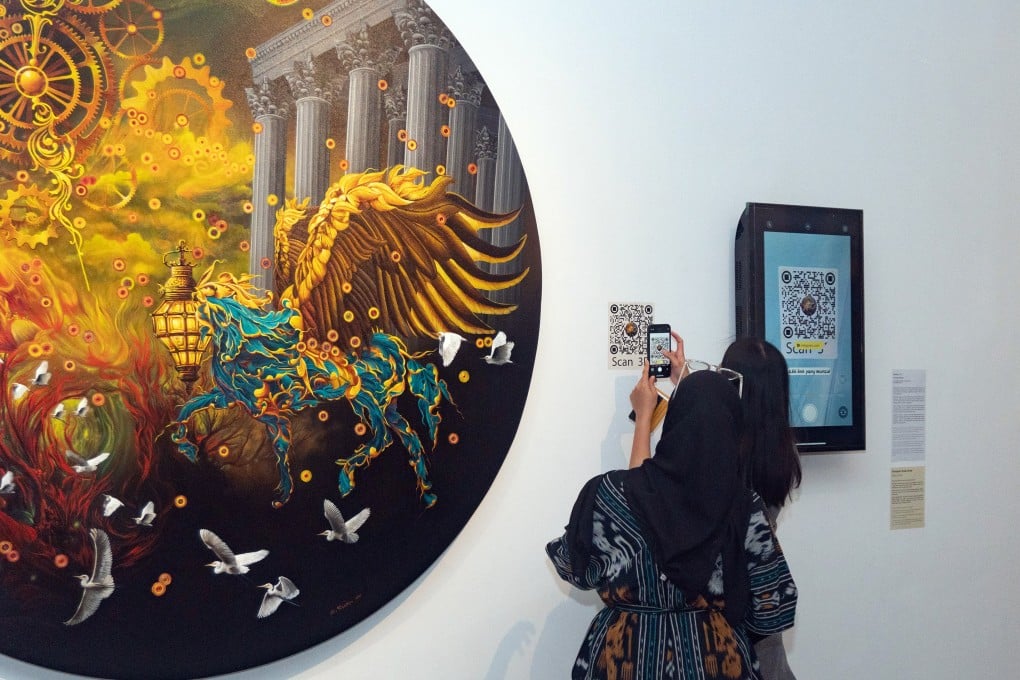Amid buzz in Indonesia’s art scene, emerging creatives call for more support, opportunities
- Surabaya and East Java have what it takes to ‘carve out an important art scene’ given the right conditions, says artist and activist Syska Liana
- ‘Success story’ of Yogyakarta and its art ecosystem can be template for local governments, corporate patrons to boost support for artists, activists urge

But while connoisseurs’ interest in the works of Indonesia’s most famous artists remains high, the country’s emerging creatives say their opportunities are limited due to a lack of domestic patrons and uneven support from the government.
But many in the creative sector are working to change that.

“In the past few decades, the Indonesian art scene has gravitated towards parts of the country with conducive ecosystems like Jakarta, Yogyakarta and Bali, but this may be changing,” said Sidoarjo-based artist and activist Syska Liana, better known as Syska La Veggie by her art peers.
Indonesia’s retail art market was estimated to be worth 4 trillion rupiah (US$280 million) in 2019, according to Statista, a figure that was estimated to rise as the number of domestic buyers increased.
